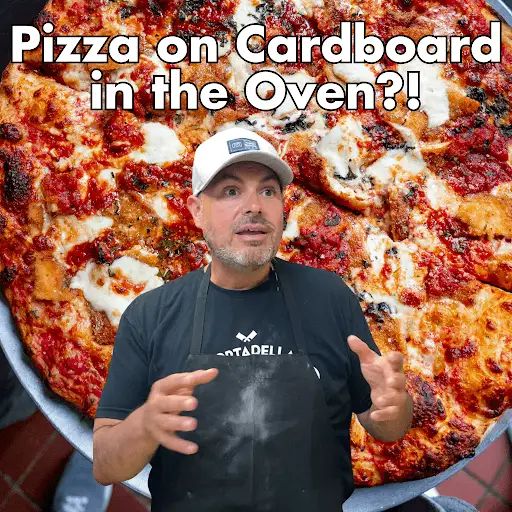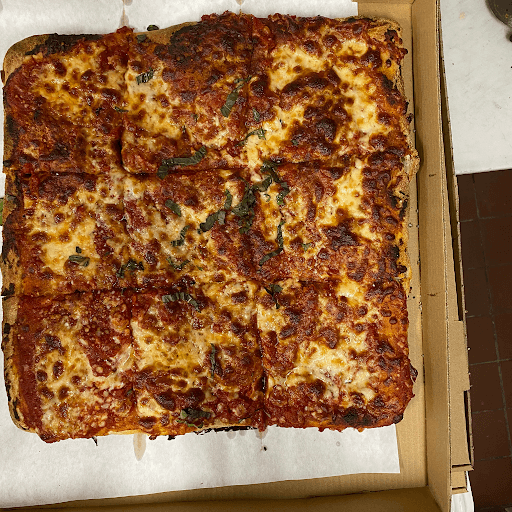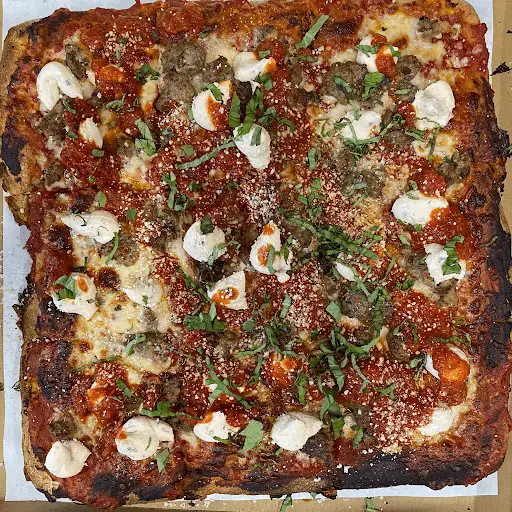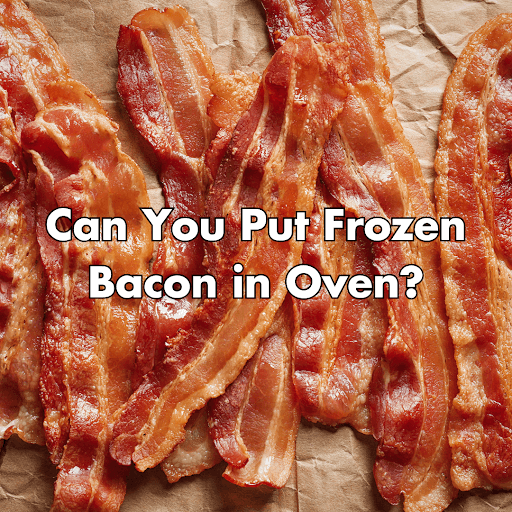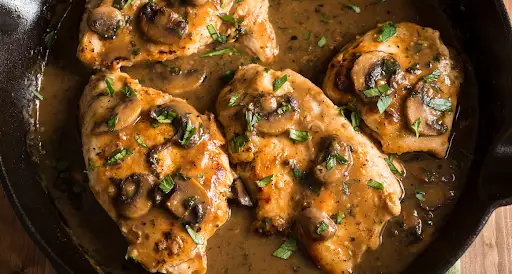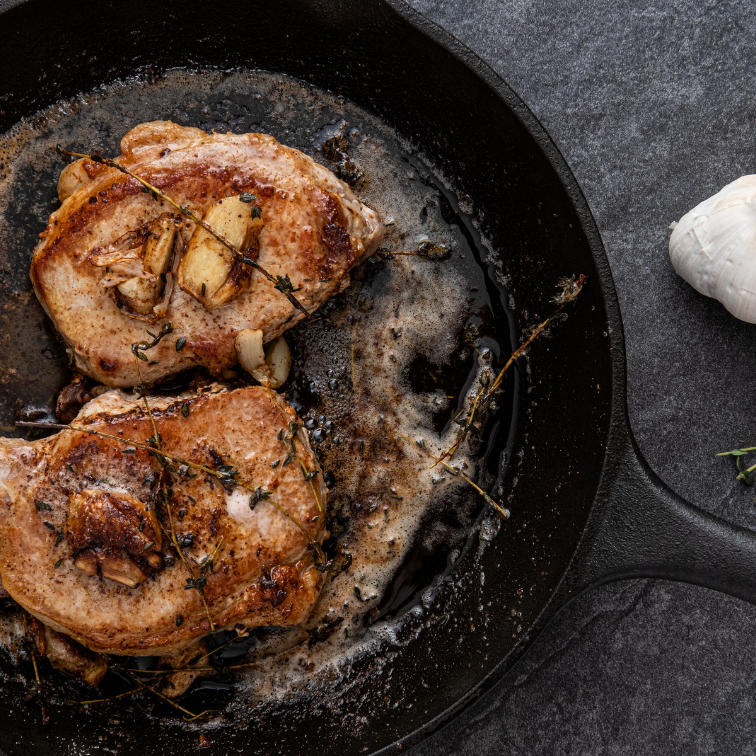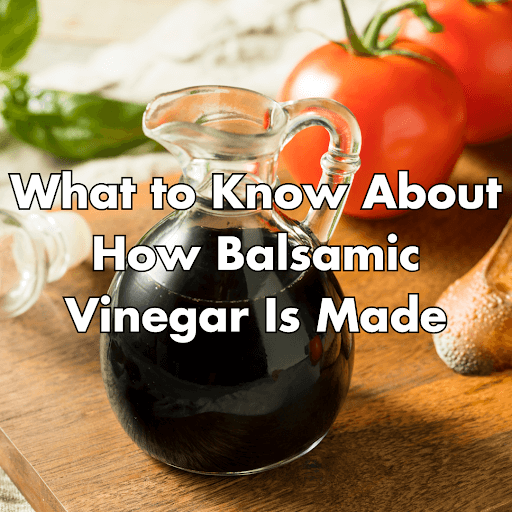Keyword: can you cook pizza on cardboard in oven
Title: Can You Cook Pizza on Cardboard in the Oven? Here’s Why Not
Author: Christina Orso
Last week, I came across a TikTok video where someone was cooking pizza directly on cardboard in the oven, and I couldn’t help but cringe.
As a huge pizza fan, and someone who’s experimented with just about every method of pizza cooking out there, I’m here to settle this debate once and for all: no, you should not cook pizza on cardboard in the oven!
Sure, it seems convenient, especially when you’re excited about that frozen pizza you just pulled out of the box.
But trust me, it’s a fire hazard and not the best way to achieve that crisp crust you’re after.
Why You Shouldn’t Put Pizza on Cardboard in the Oven
Let’s jump into the most pressing reason: fire risk.
Plain cardboard, including the cardboard from pizza boxes or those thin cardboard circles under frozen pizza, is flammable.
At the higher temperatures needed to bake pizza—usually around 425 degrees Fahrenheit—cardboard can easily catch fire.
This means you’re not only risking burning your dinner but also setting your kitchen appliances (and possibly your whole house) ablaze.
Cardboard is made from combustible materials, and while it might seem sturdy when holding your pizza, it’s not built to withstand high heat for prolonged periods. If you’ve ever accidentally left a piece of parchment paper or tin foil in the oven too long, you’ll know what I mean when I say that things in the oven can get dangerously hot very fast.
The heating elements in an oven can cause a piece of cardboard to ignite, and trust me, that’s not something you want to deal with while trying to enjoy a pizza night.
The Pizza Stone: The Best Way to Cook Your Pizza
Now that we’ve established the danger of cooking pizza on cardboard, let’s talk about the best options for baking your pizza, whether it’s a frozen pizza or homemade pizza dough.
The pizza stone is, hands down, my favorite way to get that perfect, crispy crust. Pizza stones are designed to withstand high temperatures and mimic the cooking process of a wood-fired oven. They absorb and distribute heat evenly, giving your pizza a crunchy base while keeping the toppings melty and delicious.
To use a pizza stone, preheat it in the oven for at least 30 minutes before placing the pizza on it. This ensures that the stone is hot enough to cook the bottom of the pizza properly, creating a crisp crust that’s not soggy or doughy.
Pizza peel tools are often used to safely transfer the pizza onto the stone, and you can avoid any direct contact with the oven rack or heating elements, minimizing the risk of uneven heating.
If you don’t have a pizza stone, don’t worry! A baking sheet or a pizza pan can also work well, especially if you don’t have a stone on hand. Make sure to preheat these as well so that the pizza crust starts cooking as soon as it hits the hot surface. This is essential to avoiding that soggy crust that no one wants.
The Hazards of Cardboard Pizza Boxes
Now, I get it—sometimes it seems so convenient to throw your pizza into the oven on the cardboard pizza box it came with. But again, please don’t!
Cardboard boxes, aside from being fire hazards, can release toxic fumes when heated. Many pizza boxes have printed designs or coatings that aren’t food-safe when exposed to oven temperatures.
Even if the box is plain cardboard, the risk of it catching fire or emitting harmful chemicals is high.
There’s also the issue of uneven heating. Cardboard doesn’t conduct heat well, which means the bottom of your pizza will likely stay doughy and undercooked while the toppings may burn.
Not to mention, the cardboard may get soggy from food residue, leaving you with an unpleasant, mushy base. For the best pizza results, you want direct contact with a hot surface like a pizza stone, baking sheet, or even a pizza pan.
Alternative Methods for Cooking Pizza Safely
If you’re in a pinch and don’t have a pizza stone or baking sheet, there are still safer alternatives to cardboard. One of my favorite tricks is to use parchment paper under the pizza.
Parchment paper is oven-safe up to 450 degrees Fahrenheit and helps prevent sticking while still allowing the pizza to crisp up. Just make sure not to exceed the recommended heat limit, as paper burns at high temperatures.
Another option is to use a sheet of aluminum foil. It’s a great option if you want to avoid a mess while still ensuring even heating. Plus, it helps the bottom of the pizza get a bit crispier. For those with a toaster oven or convection oven, foil can also be used to line the tray.
However, always ensure there’s adequate airflow in these appliances, as trapping heat could lead to an overheated oven.
Newer Ovens and Built-In Safety Features
If you’re lucky enough to have one of those newer ovens, they often come with built-in safety features that prevent overheating. Some models have automatic shut off features if they detect temperatures that are too high.
However, this doesn’t mean you should test your luck by putting a cardboard pizza box in the oven. Even the best kitchen appliances can’t prevent a fire hazard if something combustible comes in direct contact with the heating elements.
Frozen Pizza and the Thaw Debate
Another tip for cooking frozen pizza is whether or not to let it thaw before baking. While most box instructions recommend baking the pizza directly from frozen, I’ve found that letting it thaw slightly helps with more even cooking.
A frozen pizza can take longer to cook through, which can lead to uneven heating and a soggy crust. Thawing allows the pizza to bake more evenly, especially when using a pizza stone or baking sheet.
When baking frozen pizza, always place it on the middle rack of the oven for the best results. This ensures that the heat surrounds the pizza evenly without burning the top or leaving the bottom of the pizza undercooked. If you’re concerned about the pizza sticking, a little bit of parchment paper or a sprinkle of cornmeal on the pizza peel before transferring it to the oven rack can help.
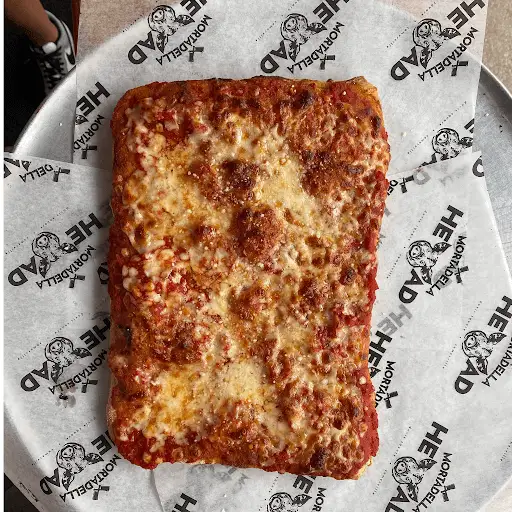
Pizza Box Design and Why It’s Not Oven-Safe
You may be wondering, “If pizza boxes aren’t oven-safe, why do they look like they could be?” Well, that’s a fair question. Pizza box manufacturers design boxes for transport, not for cooking. Their goal is to keep your pizza warm for delivery—not to endure oven temperatures.
The cardboard containers are meant to withstand a bit of warmth, but they are not built to endure the high temperatures required to bake or cook pizza.
Most pizza boxes are made from plain cardboard that, when heated, can release toxic chemicals or start smoking. If you’re ever tempted to toss your pizza into the oven in the original box, just remember that it’s never a good idea. Stick to using safer alternatives like a pizza pan, baking sheet, or parchment paper for the safest, tastiest results.
When it comes to making a delicious pizza at home, safety is key. While it might seem tempting to throw your frozen pizza into the oven on its cardboard circle or leave it in the pizza box, the risk of fire and uneven heating far outweighs the convenience.
Instead, opt for a pizza stone, baking sheet, or even a pizza pan to achieve the perfect crispy crust and melty toppings.
In the end, the best way to enjoy your pizza safely is by using proper kitchen appliances and tools designed for high heat. Whether it’s a pizza stone for that crisp crust or parchment paper to prevent sticking, there are plenty of safe and effective ways to bake pizza without the fire hazard of using cardboard.

